by Kevin M. Hymel
General George C. Marshall had a problem. With the U.S. entry into World War II, he had to explain to an isolationist nation why the country was going to war. He summoned Hollywood director Frank Capra to his office at the Pentagon and asked him to create a series of documentaries defining the war to new draftees. After hearing the general’s offer, Capra demurred, explaining that he had never worked on documentaries before.
“Capra,” Marshall snapped back, “I have never been Chief of Staff before. Thousands of young Americans have never had their legs shot off before. Boys are commanding ships today, who a year ago had never seen the ocean before.” Capra quickly apologized and promised he would make “the best damned documentary films ever made.”
[text_ad]
The Why We Fight Series is Born
The Why We Fight series, Hollywood’s government-inspired propaganda films that told a generation what they were fighting for in simple yet stark terms and images, were born. The eight films, Prelude to War, The Nazis Strike, Divide and Conquer, The Battle of Britain, War Comes to America, The Battle of Russia, The Battle of China and Know Your Enemy—Japan, solved Marshall’s problem and taught the American armed forces about a world in crisis.
President Franklin Roosevelt enjoyed the first film, Prelude to War, so much that he wanted it shown in theaters across the nation, much to the chagrin of Lowell Mellet of the Office of War Information, who told the president the film would cause “nervous hysteria” and leave audiences “bewildered rather than fired to a clear purpose.” Roosevelt got his way, however, and the movie premiered across the United States, completely bombing at the box office. Americans simply preferred stories like Casablanca over documentaries. But the movie was not a total failure—it won the 1942 Academy Award for best picture. The other seven Capra films never made it to theaters, but were seen by G.I.s around the world.
Weaving Tales of Murder and Destruction
The movies did their job, weaving a tale of murder and destruction. The free world, trusting in democracy, was fighting the slave world, bent on world domination. Capra packed the films with German, Italian and Japanese war footage and quotes. He preferred that the Axis powers speak for themselves. “Let our boys hear the Nazis and the Japs shout their own claims master-race crud, and our fighting men will know why they are in uniform.” He also contrived scenarios, showing a victorious Japanese army marching down Pennsylvania Avenue in Washington DC, a scene that could be easily replaced with the goose-stepping Whermacht soldiers.
The movies got their point across, sometimes at the expense of the truth. The Battle of China claimed that China, in all her history, had never waged a war of conquest. Americans at that time were not familiar with China’s occupation of Vietnam. The Nazis Strike explained that the Germans held a file on every town in America, “Including your home town!” The Battle of Russia conveniently omitted any mention of Joseph Stalin’s purges, the invasion of Finland or the Soviet-German Pact of 1939.
The Greatest Joint Venture Between Hollywood and the Military
The final film, Know Your Enemy—Japan, was pulled from circulation 20 days after release by a request from General Douglas MacArthur. The film was released on August 9, 1945, the day Nagasaki was bombed, and was no longer needed to steel American soldiers against Japan. The film was lost to history until rediscovered in the 1970s.
The Why We Fight series was Hollywood’s greatest joint venture with the U.S. military. While other films such as The Memphis Belle and The Battle of San Pietro were made by the Office of War Information using Hollywood directors and technical personnel, they were only singular works. Like a good soldier, Why We Fight served for the duration of the war and continued to hammer home the importance of winning the war against the Axis.
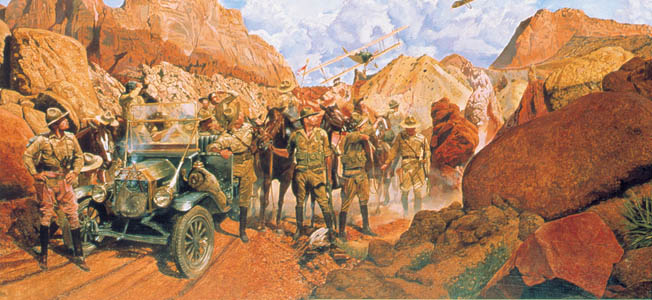
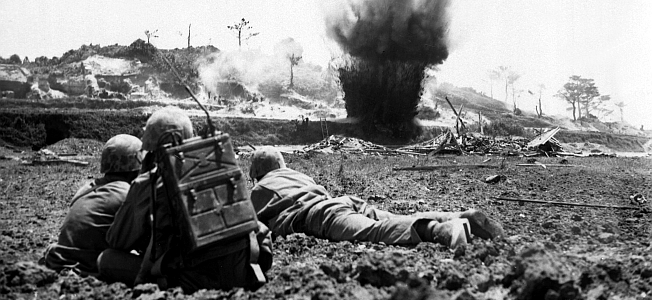
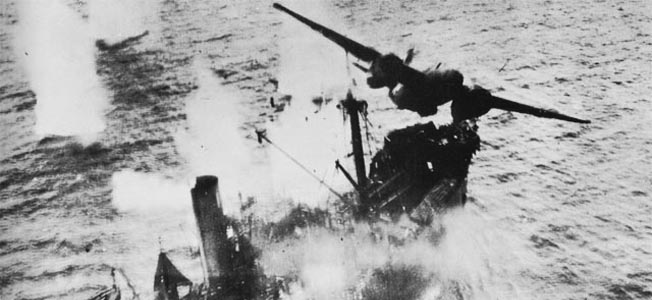
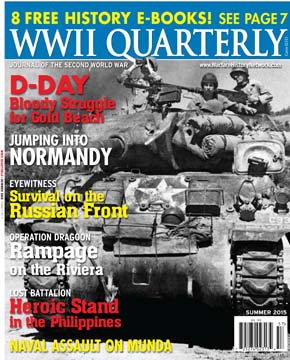
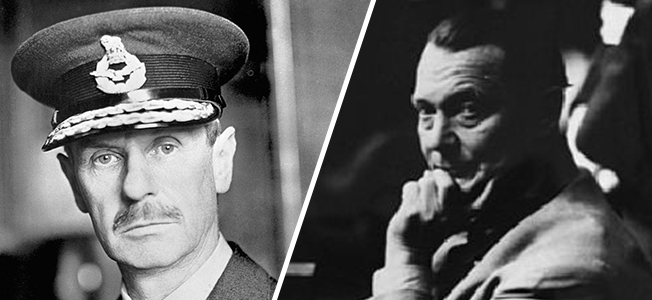
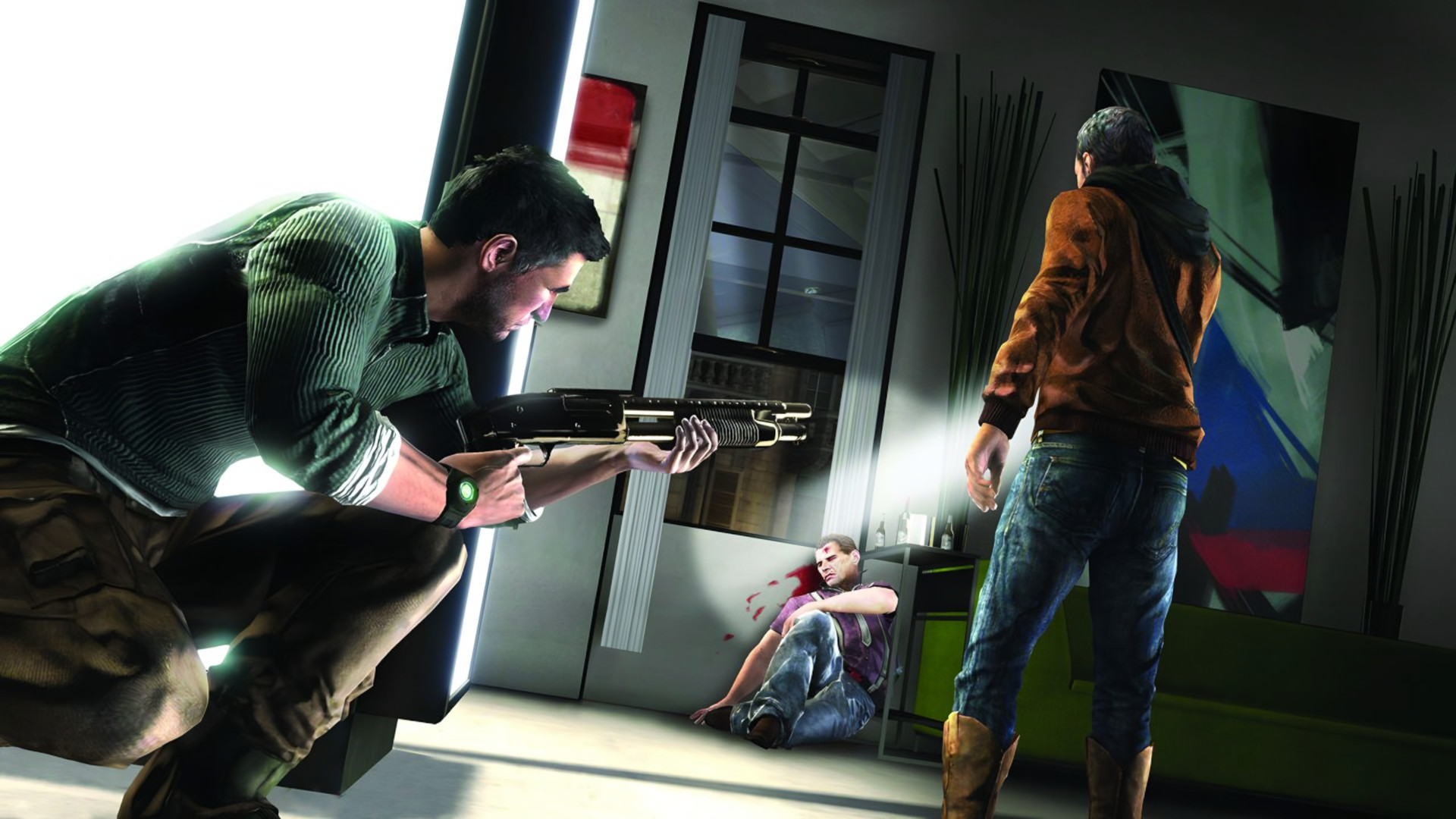
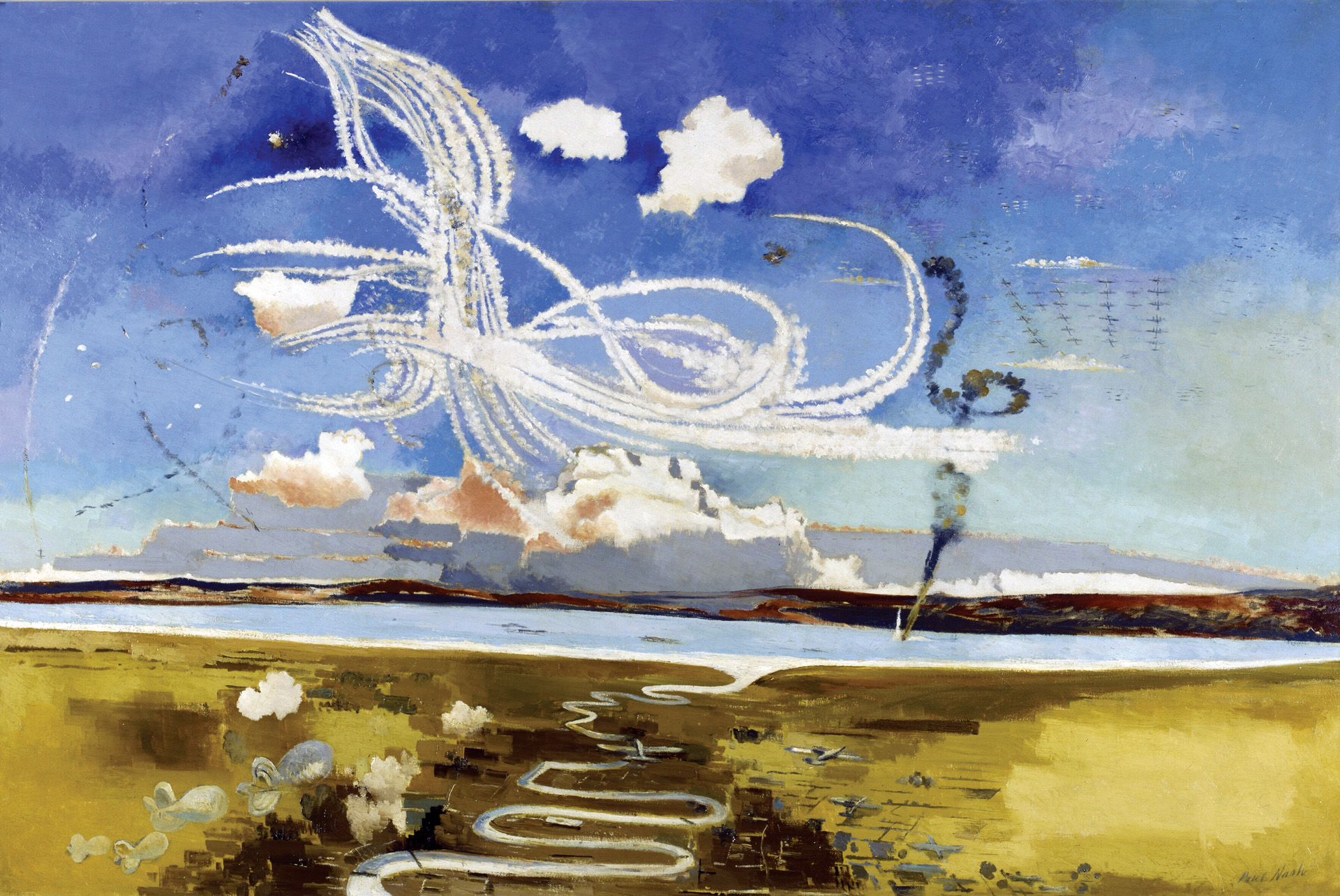
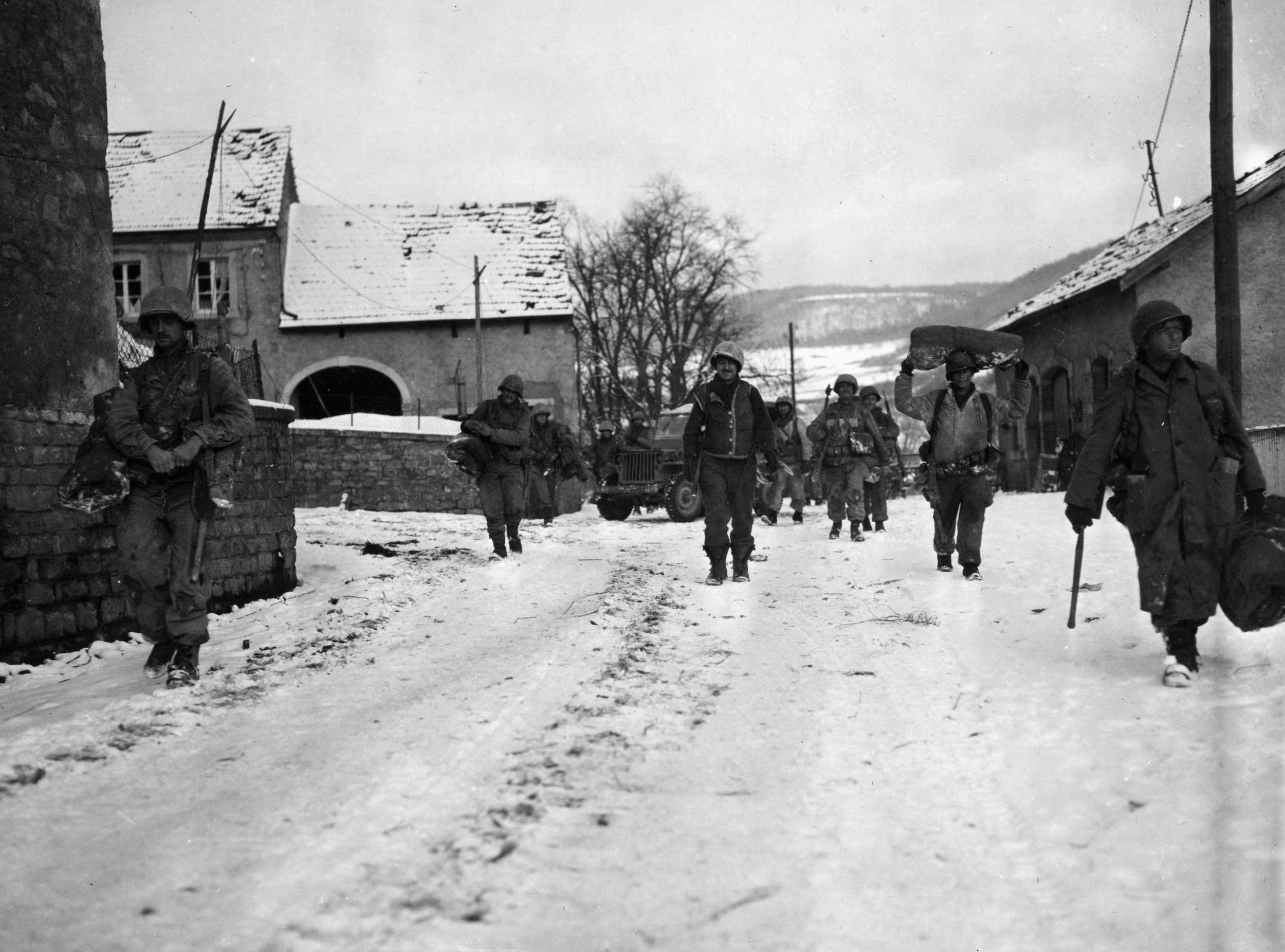
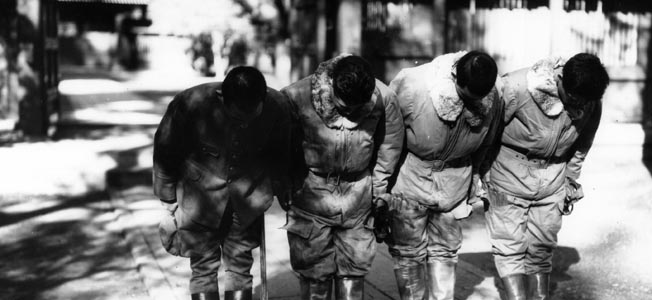
Join The Conversation
Comments
View All Comments